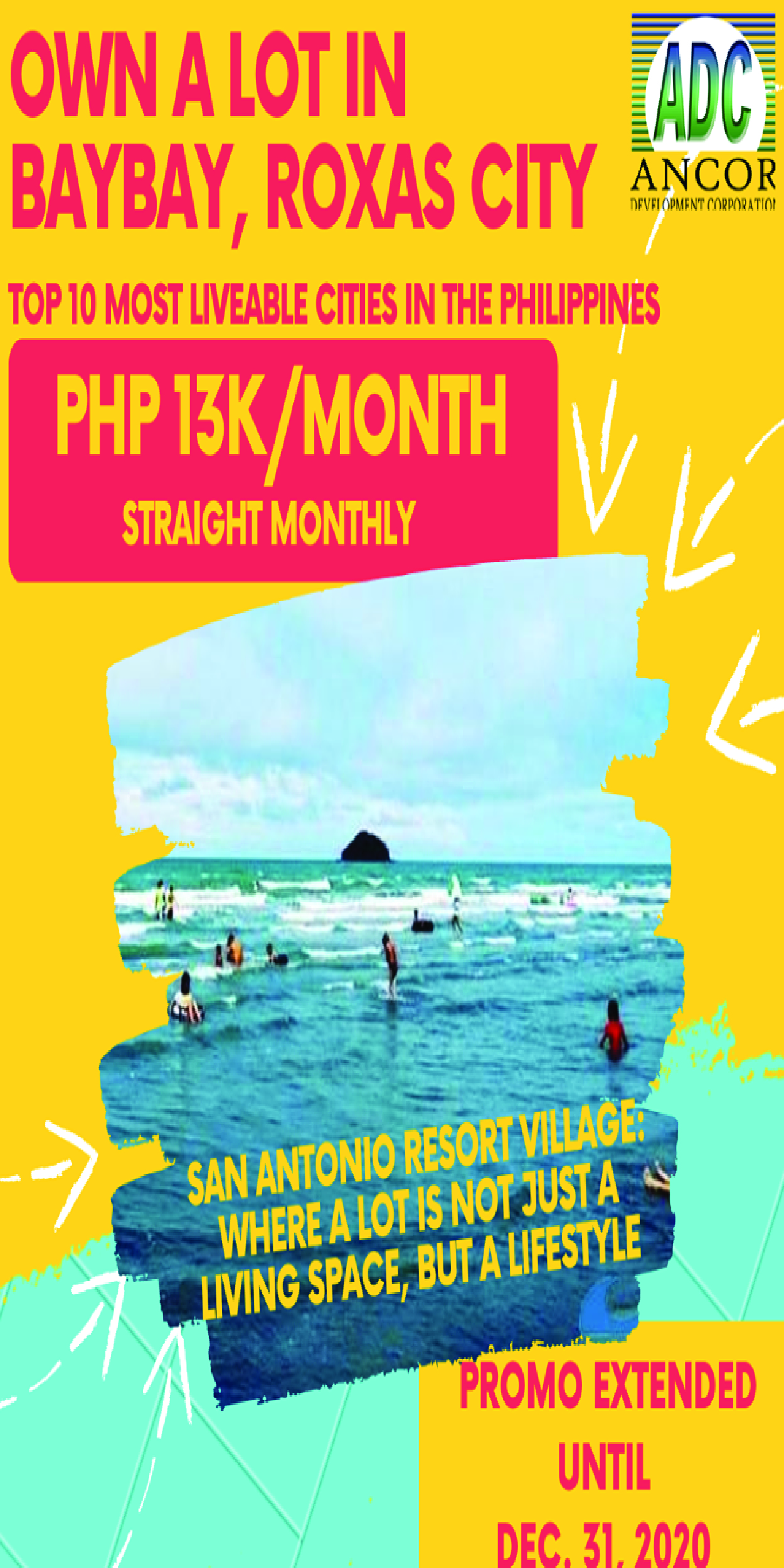
By Charie Albar
Christian George Francisco obtained Bachelor of Secondary Education from the Capiz State University (CapSU). He holds a master’s degree in Library Science from Central Philippine University and a second master’s degree in teaching from the Filamer Christian University. Aside from being the librarian, he also teaches professional education courses at the College of Education of CapSU. He served as president of the Philippine Library Association Inc. (PLAI) Western Visayas Region for 2017–2018. Recently, he co-authored Panaysayon: Tales from Panay Island.
A cultural and literacy advocate, Mr. Acevedo is a volunteer at Panublion Museum and at the soon-to-open Capiz Provincial Library, both in Roxas City. He founded Project Learn, an outreach program that helps schools in far-flung communities build their reading resources.
As an educator, you not only teach your students in the classroom, you also like teaching others through your advocacies. Tell us more about your advocacies.
I have to be honest. Sometimes I really don’t understand how I am able to catch up with these advocacies. Before the pandemic, I had this campaign called Project Learn. It’s a simple book-giving and storytelling project in far-flung communities here in Capiz.
I found out there are many people who would like to give their resources to advocacies such as mine but they don’t know where to begin. My volunteers and I were able to collect boxes of books from these generous folks which we turned over to remote schools around the province.
My other advocacy is in cultural education. I volunteer in various cultural organizations here in Capiz including Ang Panublion Museum in Roxas City, the newly organized Provincial Library, the Cuartero LGU, Philippine Librarians Association and other organizations that are working towards expanding cultural transmission.
My goal is to awaken the Capiznons’ love of their heritage. I am trying to open the eyes of anyone who would listen to what I have to say about our distinct and diverse culture so that they can become champions of their own heritage and embrace being a Capiznon even in the simplest way.
One of these ways could be realizing that their barrio was named after a plant that thrived there once upon a time or realizing that a former senator is buried in the cemetery next door to where they live. I mean, culture is something that we really have to put above anything else and it starts within us. It should be the root of our pride as a people.
What was one of the most unforgettable experiences when performing your community outreach program?
I took a three-hour jeepney ride with several big boxes of books followed by another three hours of habal-habal ride to reach an upland school in Jamindan town. My pants were torn up by the time I arrived and I had mud splattered all over. I was laughing about it but boy, I was treated to a thrilling view of the countryside when I got there!
You have co-authored two books and wrote research papers about fishing practices and folk stories. What are your takeaways from these stories that have been passed down through generations?
I find the stories colorful and they made me realize how creative our ancestors were because all they had for entertainment back then was simply exploring their own imagination. But they also reflected the reality of that era and a piece of our history. I think that was an exciting pursuit.
As a librarian in the digital age, how do you motivate your students to come to the library and read the resources being offered to them?
I think we have to do away with the idea that libraries are solely for “storing” books. Libraries are now learning spaces where people interact and exchange ideas. Of course, it’s still a place where they could ask the librarian how to find the right information for a particular topic. Librarians around the world are now turning libraries into interactive spaces. The online space is also being explored as a means of sharing information given the limitations brought about by the pandemic.
Let’s talk a little bit about your other creative pursuits. When did your passion for monarchies and royal families get started?
When I was in high school, I would go to the library during my vacant period and read all the history books and encyclopaedia on the shelves. That’s where my interest for monarchies and history in general began.
Your blog, Royal Splendor and Facebook page of the same name has over 60,000 followers. Why do you think people are fascinated with royalty, especially Britain’s royal family?
They are enthralled by the magical lives of these royals. Not everyone lives in a castle or rides a coach, so there’s a special effect these royals bring to the lives of every “commoner” and that’s what makes them interesting.
How do you keep royal family fans riveted to your blog?
I have no idea. I just write what interests me. I think the secret is keeping the articles evergreen so they can be shared again and again without making the story irrelevant or outdated.
You’re never one to waste any time. Now you’re occupied with gardening. What draws you to gardening and how do you choose the plants to grow in your garden?
Thanks to my grandparents and parents who instilled in me the interest for gardening, I’ve actually been gardening since I was a child. Since the lockdown, I’ve been gardening every day. When choosing plants, I try to find those plants that my grandparents used to grow so I can relive the good old days we shared when I was a kid. Gardening is also a creative pursuit for me. That’s where I get ideas for my research projects.
Are you working on a new book or project at the moment?
I’m trying to write short historical pieces and post them on my blog. I intend to compile these later for a book which I hope to work on probably next year.
I’m also writing a research paper about local traditional knowledge and practices which I intend to submit to an academic journal. I’ve just had a historical paper published by a Mindanao-based journal and there’s another paper to be published in November by the Alexandru Ioan Cuza University in Romania.
What is your dream project?
Write a bestselling novel (laughs).
What is your future like?
I could be somewhere in Europe, sipping coffee at an outdoor café or exploring a castle. I could also be in the field interviewing folks or just in a library writing a research paper. I could be pottering around the garden, nurturing my plants. But in the midst of all these, I will sigh with relief and say, “Katahom!”
*Charie Albar is a travel writer and lifestyle blogger. She is the founder of Balay ni Charie Foundation, a grassroots organization that gives school supplies to the children in Capiz. She divides her time between Capiz and California.
Conversations with Capizeños is a series of interviews with Capizeños who are making a difference in their community.





